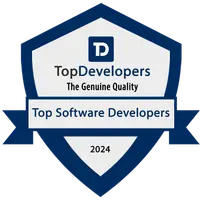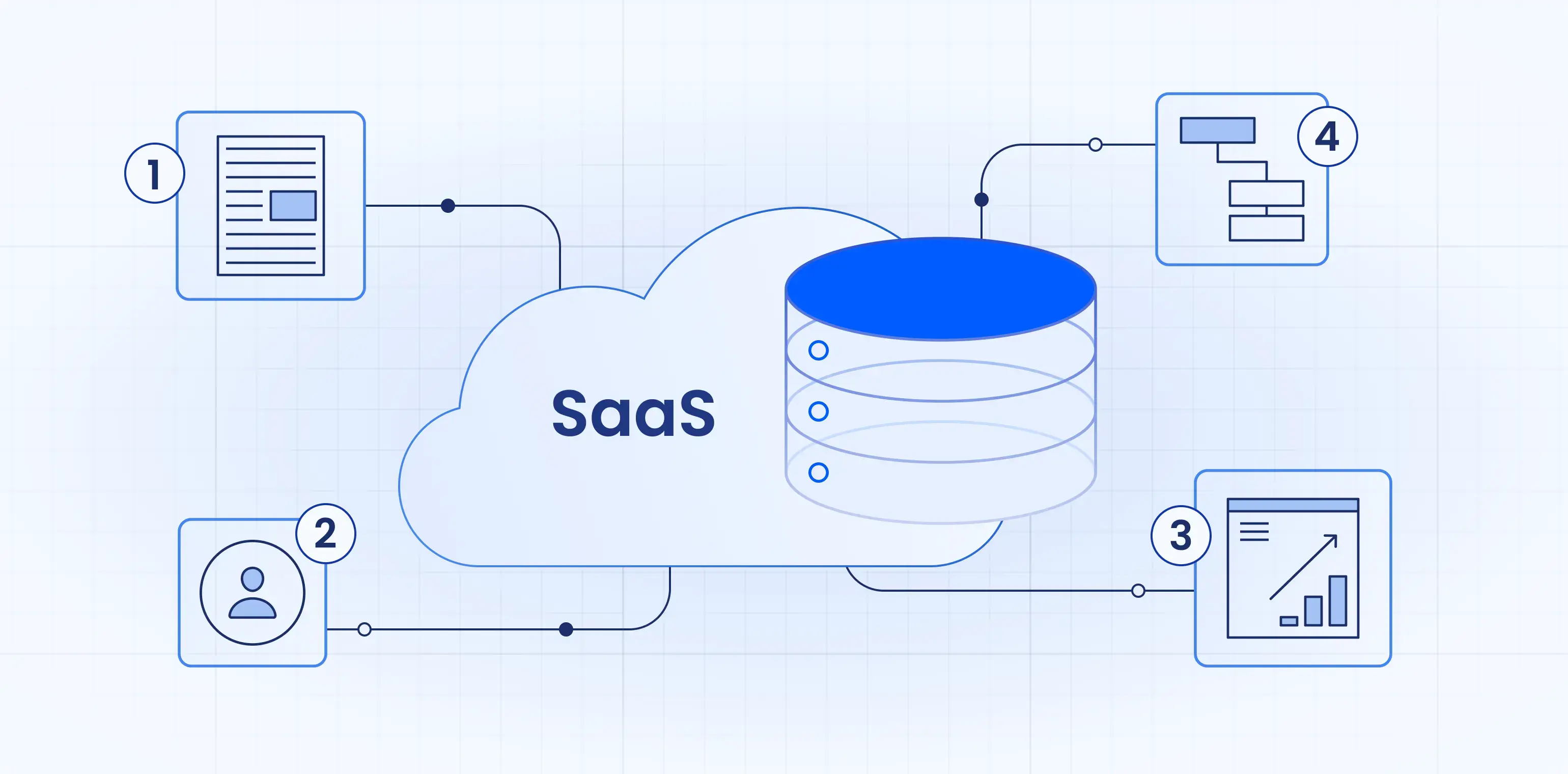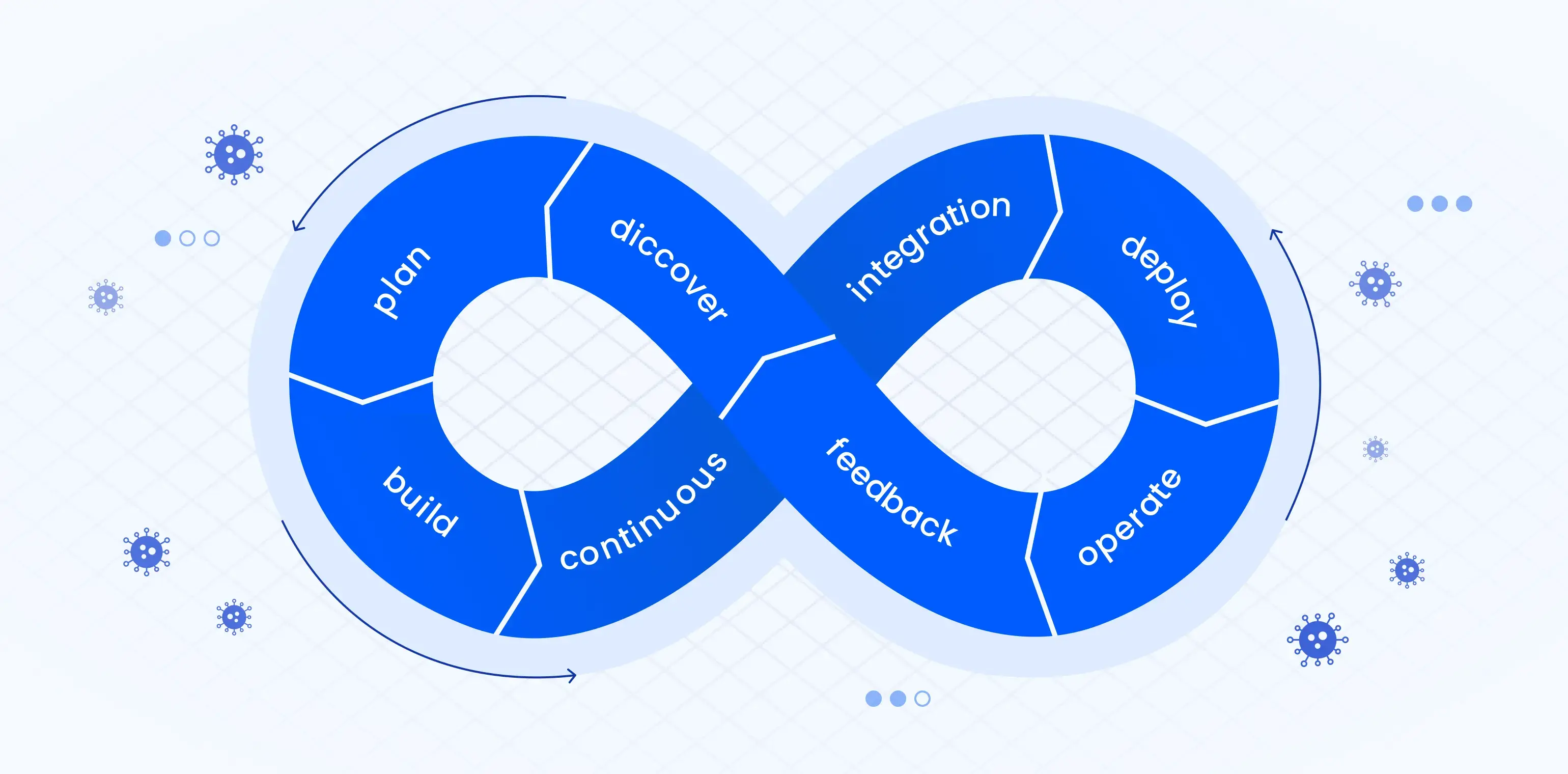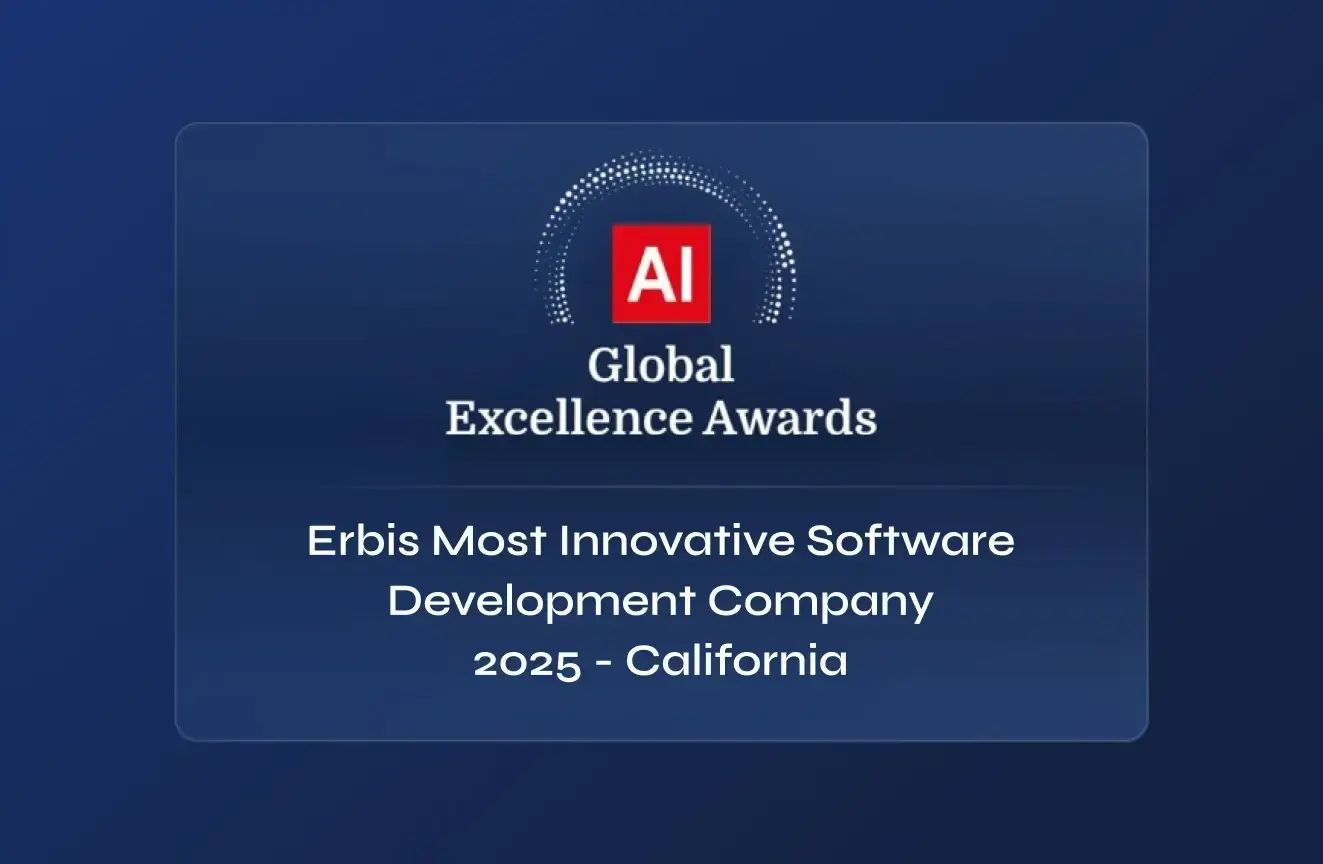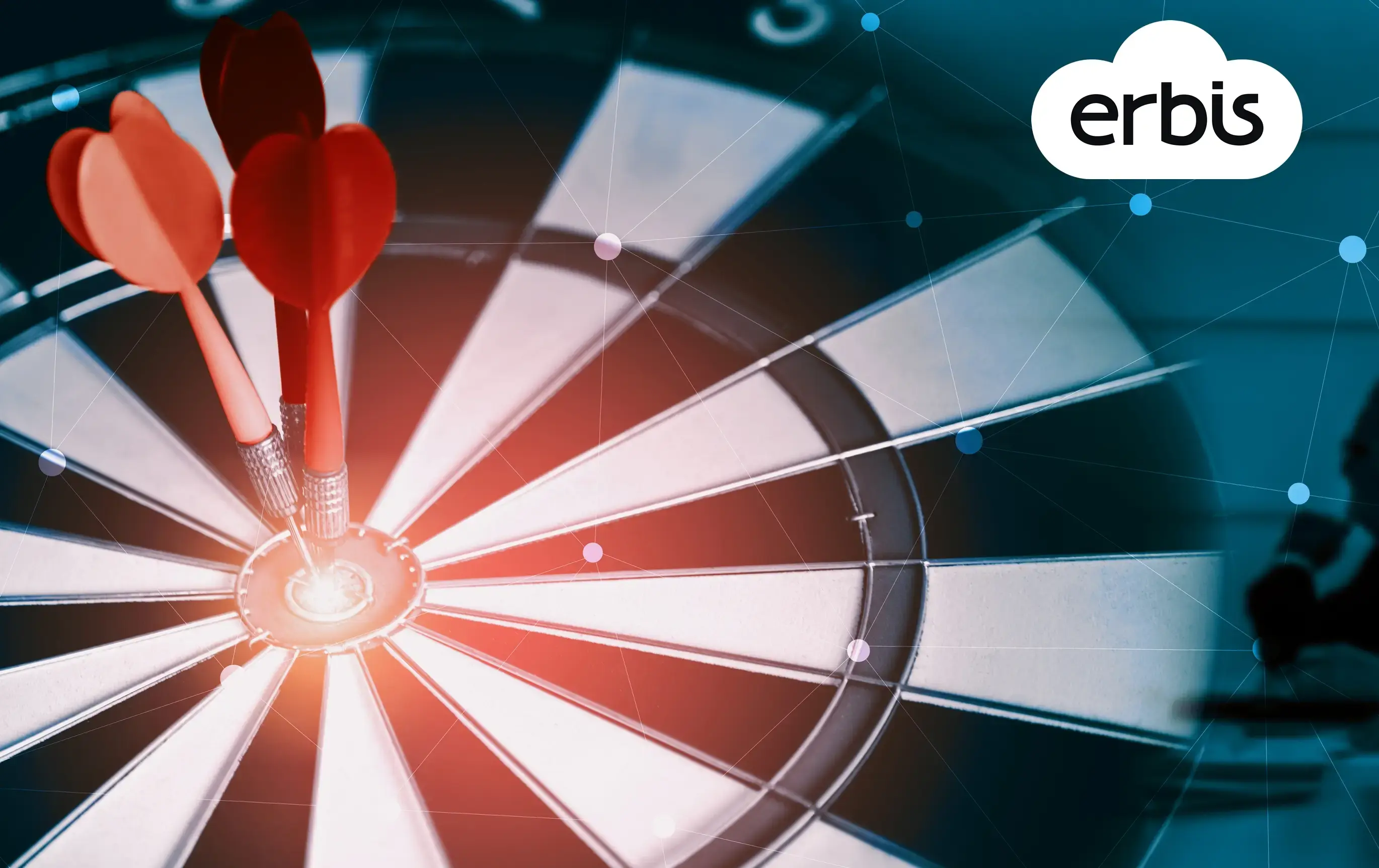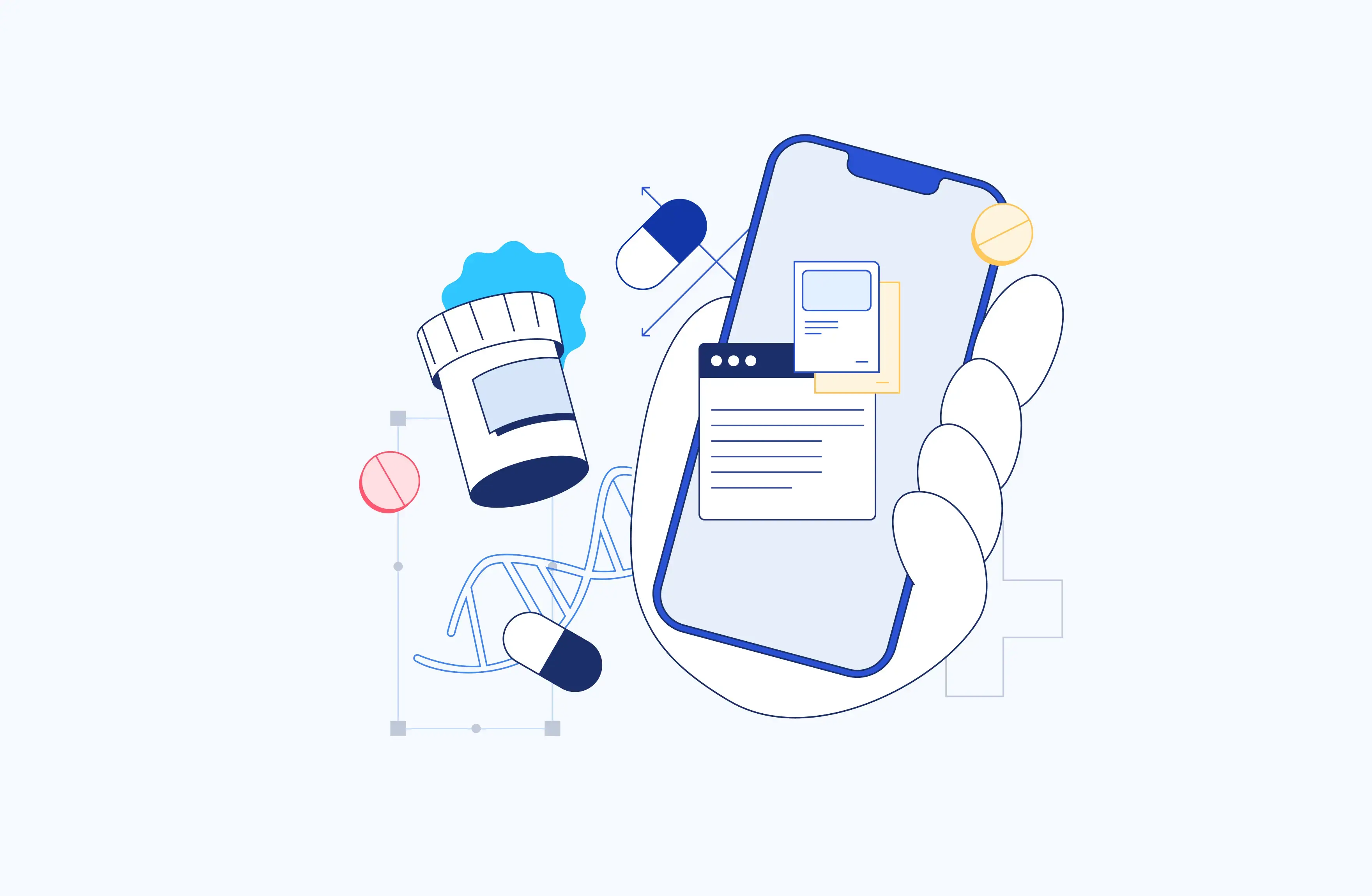How to Develop an All-in-One Digital Health Solution
Healthcare is constantly changing and evolving, and one of the latest trends is digital health.
Digital health is a broad concept. It provides solutions for health monitoring, data recording, and diagnosis establishment.
Some healthcare organizations are investing in specific components of digital health, such as telehealth, wearable apps, and electronic medical records (EMR). Other companies utilize comprehensive software solutions that join all the above components in a single program.
This article is intended to help those who want to create an all-in-one digital health solution. It will walk you through the development process and explain how to avoid common pitfalls when creating your medical project.
Can you integrate EMR, mobile health apps, telehealth, and wearables?
The answer is yes, you can. But before you start building your digital health platform, there are a few things you need to take into consideration.
Interoperability
An all-in-one system requires using different software technologies and hardware devices within a single software platform. To make this possible, you should adhere to high interoperability standards which means making different system components work together in a coordinated way.
At this stage, you may mistakenly think that such requirements can be set to any software.
In fact ‘interoperability’ is a special term that refers to the coordinated work of system components released by different vendors. In narrow-focused products, you are unlikely to encounter such tasks. However, in all-in-one medical solutions that unite wearables, smartphones, laptops, cloud servers, and distributed databases you will have to deal with different data sources and formats. So, to enable the interoperability in a digital health software, you will have to develop a smooth data-sharing mechanism through a local area network (LAN) or a wide area network (WAN).
Scalability
All-in-one medical software is usually developed for large medical organizations and various users such as doctors, patients, administrators, and more. Such software should initially have powerful technical capabilities for processing large data volumes. Additionally, it must easily adapt to the growth of the customer base, data flows, and processing tasks.
Scalability is a property that ensures the predictable growth of a computing system's performance. In simple terms, it enables equally efficient work at X and 10X customers, as well as X and 10X processing tasks.
Cloud technologies are the first thing to consider when developing a scalable digital health app. They will help you scale not only horizontally but also vertically, meaning you will be able to increase the number of servers and capacity of servers by using advanced IT technologies on demand.
Accessibility
In the context of creating an all-in-one medical solution, accessibility should be understood as the ability of users to quickly reach the desired system features. The easiest way to implement this is to create a digital health app in the form of SaaS. The SaaS model will allow your customers to consume digital health services through browsers without the need to install the program. Thus, they will be able to log into the system anytime, anywhere, and from any device.
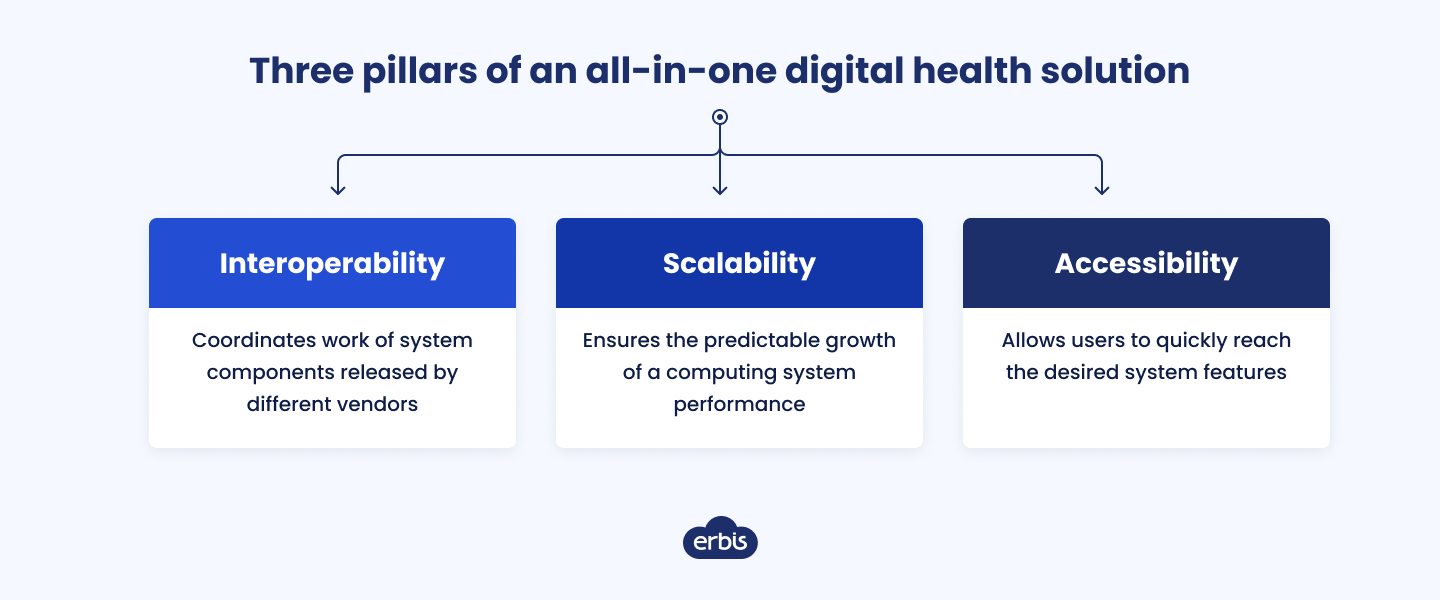
HIPAA and GDPR compliance
HIPAA is a US federal law that protects the privacy of patients and their medical records. HIPAA also gives companies the ability to share information with their customers in a safe and secure manner.
GDPR is a European law that protects the personal data of EU citizens. The GDPR applies to all areas of activity, including healthcare, and establishes strict rules for working with personal data and protecting sensitive information.
When developing a custom medical software, whether it is a telehealth service, heart rate tracking app, or any other solution, you need to make sure that your data is transferred in a HIPAA/GDPR-compliant manner. This means using protocols like HTTPS, SSL, TLS, and IPsec which provide strong protection mechanisms during the data transfer.
It's also crucial to consider the security of your data when stored on disk. While the HIPAA/GDPR do not list the technologies that should be used to secure data, they do clearly state that a HIPAA and GDPR compliant EHR or other medical system must have strong encryption to prevent data from being accessed and read.
If you develop an app in the cloud and partner with a reliable cloud service provider, you can rest assured that your data is protected by the latest security measures. Companies like AWS and Microsoft Azure provide various encryption tools for their clients’ data. However, it's still important to consult with the healthcare software development experts to ensure that your digital health solution is compliant with all applicable regulations.
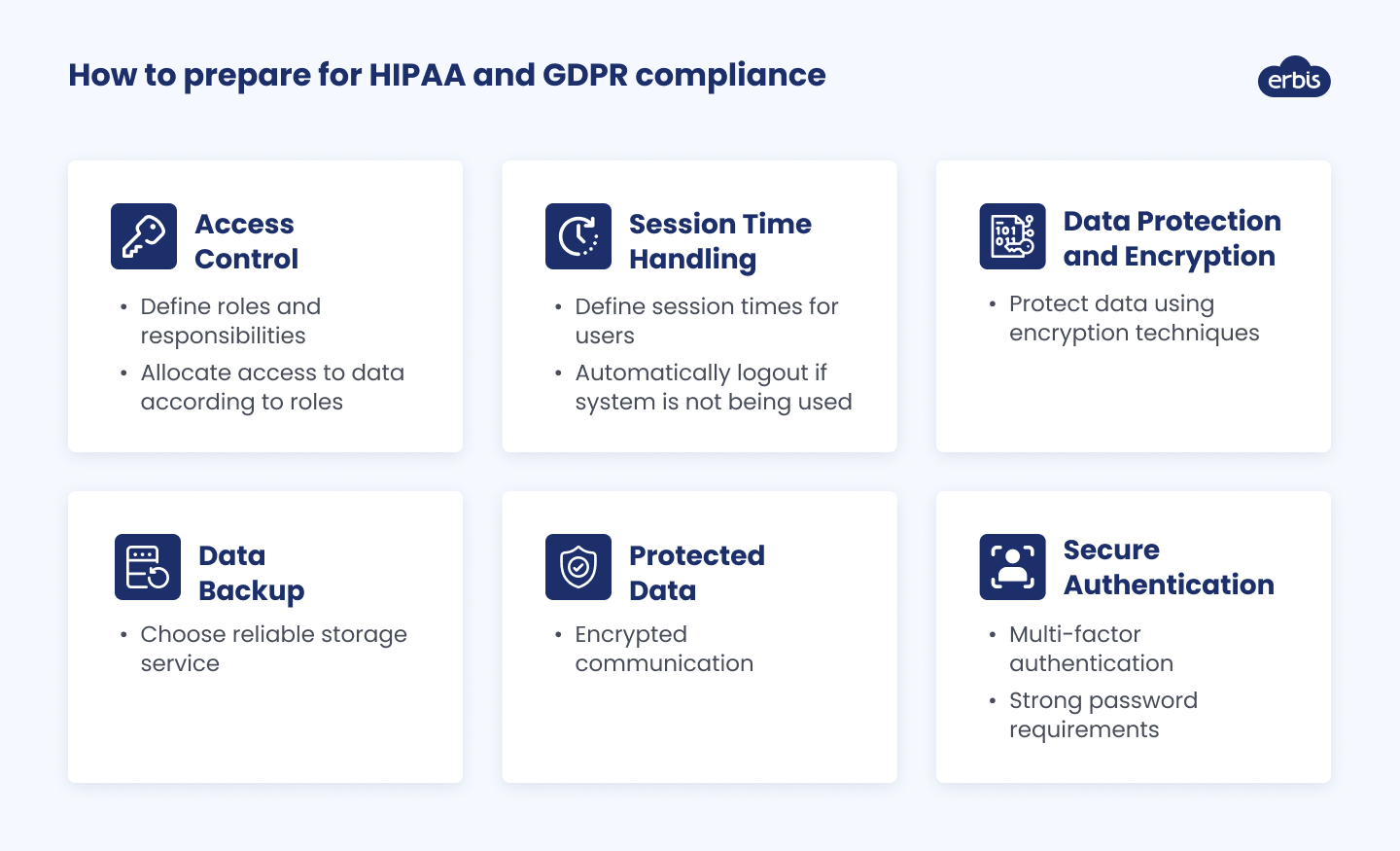
Real-time data processing
In healthcare, the ability to gather and act on data in real-time can mean the difference between life and death. However, as any hospital or healthcare provider knows, handling real-time data can be a real challenge. Not only is it necessary to have the right infrastructure in place to support such a process, but also the manpower and resources to ensure that data is processed correctly and efficiently.
There are a few key things to consider when implementing real-time data processing in web or mobile health apps:
Data sources. In your digital health solution, you will use a variety of data collection sources, such as smartphones, wearables, medical equipment, IoT devices, EHR integrations, omics data, and more. It is crucial to develop a system that will efficiently collect data from all these resources and take subsequent actions, having a complete picture in place.
Data quality. The incoming data will be in various formats, so it is necessary to implement a mechanism to convert all data into a single readable format.
Data analytics. Data analytics tools will help you filter out unnecessary information and use only valuable insights when making medical decisions.
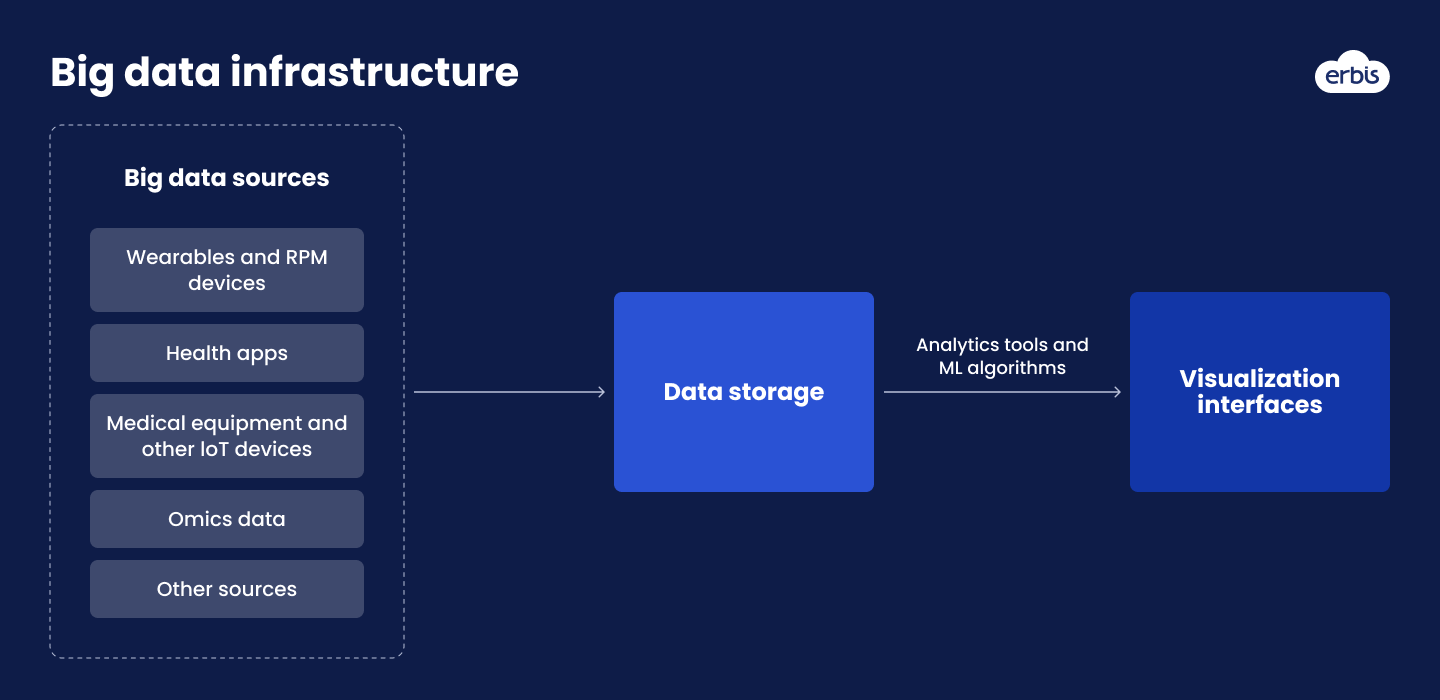
Other issues to solve
Digital health app development is a serious step toward the transformation of medical processes. And many companies have already adopted digital health tools in their work. However, some challenges prevent organizations from integrating IT technologies into the healthcare system. Here are the key issues to solve:
Business processes transformation. It can be difficult for large, complex organizations to deploy digital health tools as they need to fully revise their workflow. Imagine that some clinic makes an appointment with a doctor by phone and keeps a medical history on paper. To start the transformation, it will have to purchase laptops, transfer all records to electronic format, and develop a comprehensive EHR. And that's just a small part of what needs to be done in order to digitize business processes.
Staff training. Digital health solutions aim to solve staffing shortages, eliminate human errors, and increase workflow efficiency. However, medical software does not fully remove human input. Instead, it assumes responsibility for a portion of the workload and leaves humans with altered and sometimes unfamiliar tasks. So, if you adopt a digital health solution in your medical organization, you should organize training programs for your personnel to make sure they use the system correctly and efficiently.
Users' expectations. Information technologies are changing consumer behavior and software demands. Modern users interact with mobile applications, web programs, and IoT devices on a daily basis, and they expect a smooth experience from a new system. So, whether you engage in telehealth mobile app development, custom EMR implementation, or an all-in-one health app creation, you need to make sure your tool is adaptable and user-friendly. By taking the time to develop a top-notch solution, you'll be setting yourself up for success in the digital health space.
All-in-one digital health solution development: team, time, and price
To develop an all-in-one digital health solution, you need time, money, and a reliable team.
Time. It may take from 12 to 18 months to build comprehensive medical software. However, you can enter the market much earlier - in a few months or less - if you develop a minimum viable product (MVP) with a few basic features.
Price. The software development cost varies depending on the project size and complexity. However, you may expect the price to range from $50,000 to $500,000 or more.
Team. Building a digital health solution requires a cross-disciplinary team with strong expertise in cloud development, big data management, third-party integration, and AI/ML tools. The team should be able to work together to develop a product strategy, roadmap, proof of concept, MVP, and a full-fledged solution.
If you are looking for a reliable technology partner to implement your healthcare project, contact us. We’ll be happy to translate your project idea into a comprehensive software solution.


